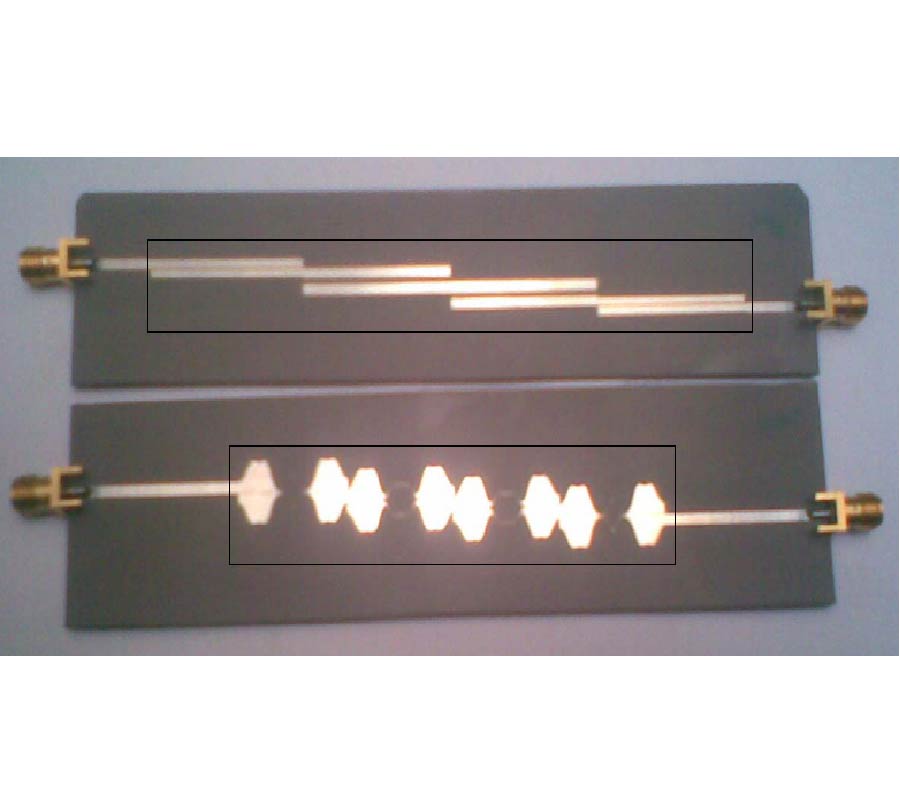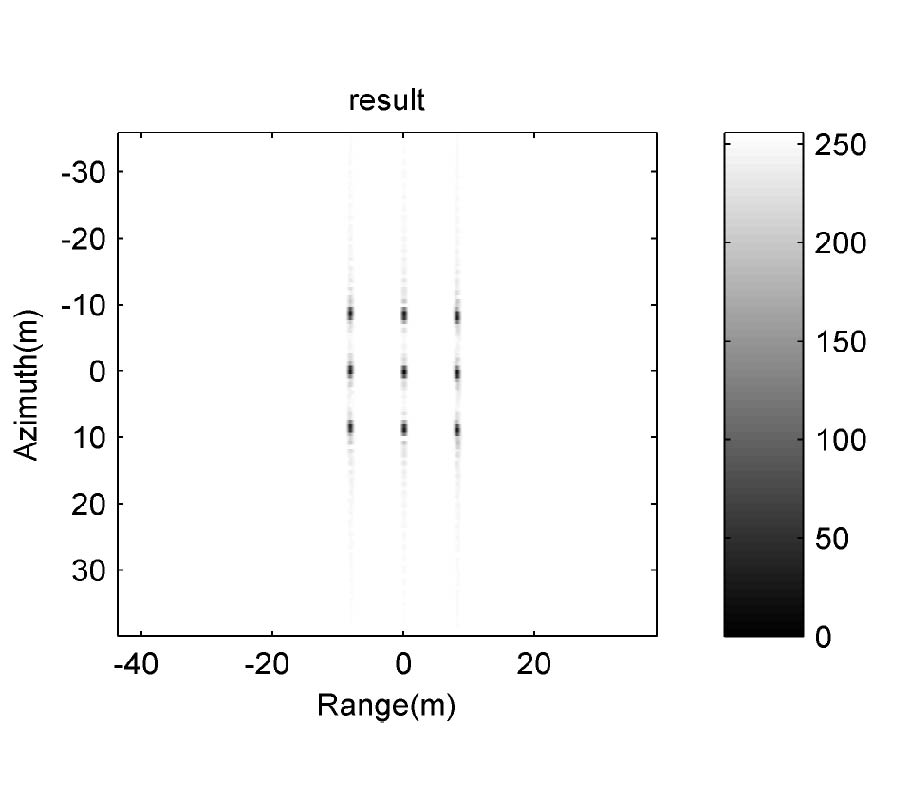2010-05-26 Latest Published
By Yuehe Ge
Karu P. Esselle
Trevor S. Bird
Progress In Electromagnetics Research C, Vol. 13, 245-257, 2010
Abstract
A new method is presented to design dual-band, high-directivity, EBG-resonator antennas using simple, single-resonant, single-layer partially reflective surfaces (PRS). The tailored abrupt reflection phase change of partially reflecting surfaces, observed only at the resonance frequency of the PRS resonant inclusions (such as dipoles and slots), is exploited for this purpose. An example single-resonant PRS, based on a frequency-selective surface (FSS) composed of a printed slot array, was designed. Then it is used to design an EBG-resonator antenna to demonstrate the feasibility of achieving dual-band performance. Cavity models are employed, together with the reflection characteristics of the PRS, to understand the operation of the device at critical frequencies such as cavity resonance frequencies and the PRS resonance frequency. Antenna simulations and computed results confirm the dual-band operation of this very simple, singlelayer, low-profile EBG-resonator antenna. It resonates in two bands centered at 10.5 GHz and 12.3 GHz. The peak directivity in each band is 18.2 dBi and 20.5 dBi, and the 3dB directivity bandwidth of each band is 7.5% and 8.7%, respectively.



















